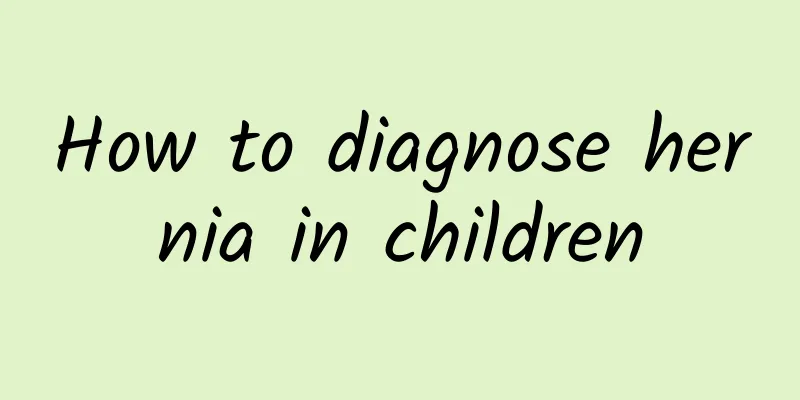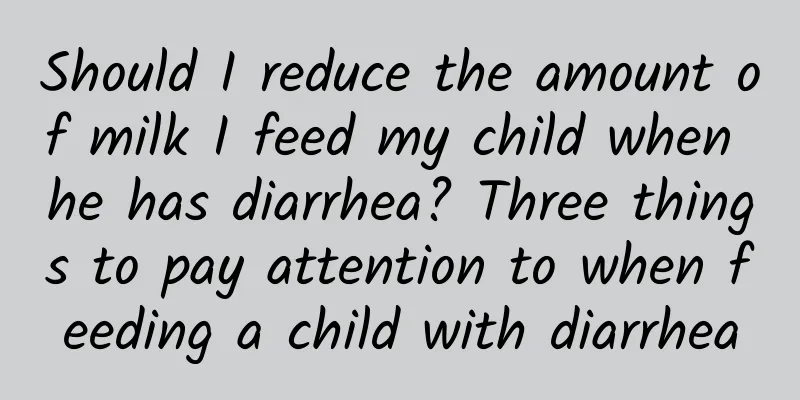What are the symptoms of Kawasaki disease?

|
Kawasaki disease is an acute inflammatory disease that primarily affects children and usually causes inflammation of blood vessels throughout the body. You may be curious about the specific symptoms of this disease. In fact, the symptoms of Kawasaki disease vary, often confusing parents. Symptoms of Kawasaki disease are usually divided into three stages. In the acute stage, the child may have a high fever that lasts for more than five days and does not go away. The child's eyes may become red, like conjunctivitis, but without the discharge. The lips may also become dry and cracked, and red spots similar to strawberries may appear on the tongue. Swollen lymph nodes in the neck are also common. Next is the subacute phase, during which symptoms may ease, but new problems may also arise. For example, the skin on the hands and feet may begin to peel, especially on the fingertips and toes. At this time, parents may find that the palms of their children's hands and soles of their feet become abnormally red and swollen. Heart-related complications may also occur at this stage, such as coronary artery aneurysms, which are one of the most worrying complications of Kawasaki disease. Finally, there is the recovery period, during which symptoms gradually subside and the child's condition slowly returns to normal. However, even after symptoms disappear, changes in the coronary arteries may persist, so regular heart checks are needed to ensure there are no long-term cardiovascular problems. It is important for parents to detect and treat Kawasaki disease in a timely manner, as early treatment can significantly reduce the risk of cardiac complications, especially with the use of immunoglobulin. If you find your child has the above symptoms, especially if the fever persists, it is recommended to see a doctor as soon as possible for a detailed examination. By understanding the symptoms of Kawasaki disease, we can better identify and respond to this disease and protect our children's health. If you have more questions about Kawasaki disease or other health issues, please feel free to consult a professional doctor. I hope this article can provide you with useful information and help you better understand Kawasaki disease. |
Recommend
The most common treatments for mumps
We know that mumps is an infectious disease. Pati...
Which hospital is the best for jaundice treatment?
Babies may suffer from jaundice when they are onl...
What should I do if my four-month-old baby has a runny nose and cough? How should I use medicine if my four-month-old baby has a runny nose and cough?
If a 4-month-old baby has a runny nose and cough,...
What should you pay attention to when using medicine for children with colds? Five nursing tips for children with colds that parents must know
Children's cold is a common pediatric disease...
How to tell if it's hand, foot and mouth disease
Whether it is hand, foot and mouth disease can us...
How to resolve the sunken forehead
Many people may think that a sunken forehead is a...
Why shouldn’t newborns with jaundice be exposed to blue light at 14 o’clock?
Why should neonatal jaundice 14mg/dl not be illum...
What to do if a newborn baby has eczema? Combination of causal treatment and drug treatment
When a newborn baby develops eczema, the first th...
15.3 Is neonatal jaundice serious?
15.3 Is neonatal jaundice serious? 1. Neonatal ja...
What to do for acute icteric hepatitis?
What to do for acute icteric hepatitis? Acute ict...
What are the tests for mumps in children?
For patients with mumps, the treatment process is...
How to treat hand, foot and mouth disease in children
The treatment of hand, foot and mouth disease in ...
Can I wean my baby off when he has a cold? It is not conducive to recovery
Many people are concerned about whether the baby ...
How long does it take for a child to get out of bed and walk after minimally invasive hernia surgery?
Children can usually get out of bed and walk with...
Will the child's seizures recur?
Will convulsions recur? Pediatric convulsions are...









